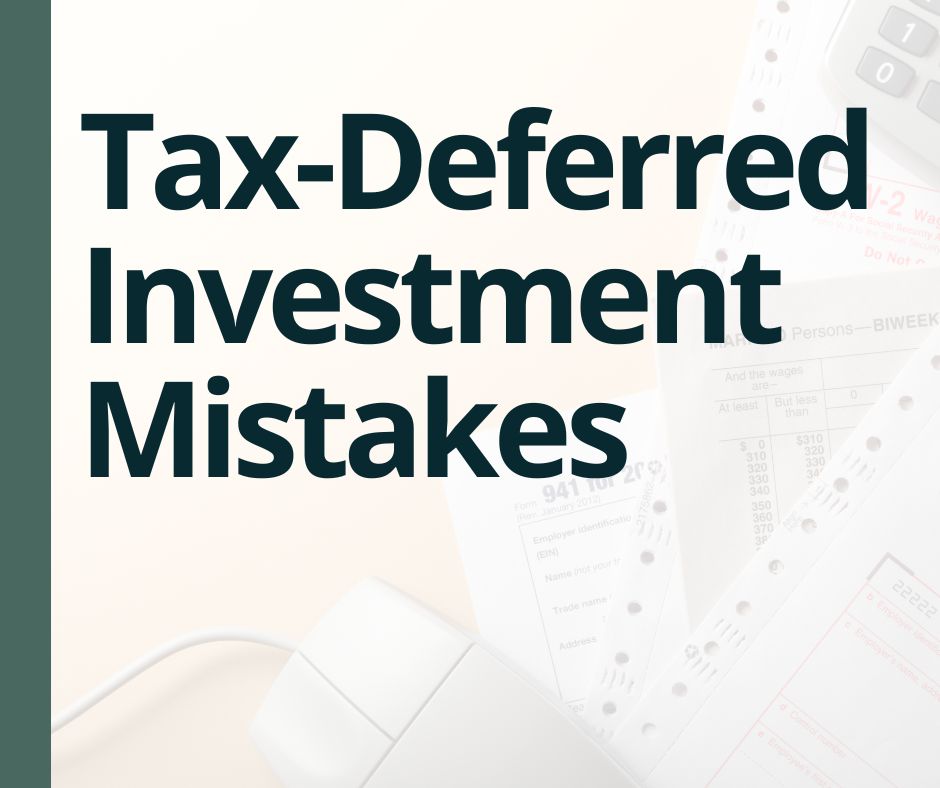When it comes to your wealth, minimizing your tax liability with tax savvy investing can make all the difference. Understanding key concepts and tax strategies like Roth IRA conversions, cost basis, reinvested dividends, and how capital gains and losses are applied can help you keep more of your investment earnings and avoid costly mistakes.
Understanding Roth IRA Conversions
A Roth IRA conversion – whether you convert part or all of your traditional IRA into a Roth IRA – is a taxable event with pros and cons. The amount you converted is subject to ordinary income tax. It might also cause your income to increase, subjecting you to the Medicare surtax.
- You do not have to convert all of your IRA to a Roth. It is best to prepare a tax projection and calculate the appropriate amount to convert.
- Roth IRA conversions are not subject to the pre-age 59½ penalty of 10%.
- Many 401(k) plan participants (if their plan allows) can convert the pre-tax money in their 401(k) plan to a Roth 401(k) plan without leaving the job or reaching age 59½.
Understanding Cost Basis
What Is Cost Basis and Why Does It Matter?
Cost basis represents the original value of a security, typically the purchase price, adjusted for stock splits, dividends, returns of capital, and other corporate actions. On your Raymond James Comprehensive Statement, cost basis is displayed for securities held in nonqualified accounts, giving you a basic snapshot of potential capital gains or losses.
How to Use the Cost Basis on Your Statements
Your statements provide unrealized and realized gain/loss calculations as a courtesy to help you monitor your investment performance, but they are not a substitute for official tax documentation.
Cost basis figures on monthly, quarterly, and year-end statements should never replace Form 1099-B when preparing taxes. Here’s why:
- Adjustments Can Occur: Between year-end statements and the issuance of 1099s (typically mailed in mid-February), events such as wash sales, income reallocation, and corporate actions may impact cost basis calculations.
- Avoid Errors: Relying on statement figures instead of 1099-B can result in incorrect tax reporting and potential IRS issues.
- Beyond Taxes: Cost basis on statements should not be used for reconciling account fees, performance tracking, or deposits/withdrawals.
If you’re unsure how cost basis impacts your tax strategy, please reach out to our team. We’re here to help!
Understanding Reinvested Dividends
What is a Reinvested Dividend and Why Does it Matter?
This important calculation that can save you a bundle.
A reinvested dividend is when your mutual fund dividends are automatically used to buy additional shares instead of being paid out as cash. If you have mutual fund dividends that are automatically used to buy extra shares, each reinvestment increases your tax basis in that fund. An increase in your tax basis in the fund can reduce your taxable capital gain—or increase your tax-saving loss—when you sell shares.
How to Avoid Double Taxation on Reinvested Dividends
If this applies to you, tracking reinvested dividends can save you a bundle.
- If you forget to include reinvested dividends in your tax basis, you could end up paying taxes twice—once in the year they were reinvested and again when you sell the shares.
- Mutual funds often report the tax basis of redeemed shares, and financial institutions must report this to both investors and the IRS for shares purchased after regulatory changes.
If you’re unsure about your tax basis, check with your fund provider or reach out to us for help.
Understanding How Capital Gains and Losses Are Applied
What Are the Ordering Rules for Capital Gains and Losses and Why Does it Matter?
The IRS follows specific ordering rules to determine how gains and losses offset each other. Understanding how capital gains and losses are applied can help you minimize your tax liability.
How to Maximize Tax Savings with Capital Losses
If this applies to you, knowing the correct order for offsetting gains and losses can make a big difference. Here’s how it works:
- Short-term losses must first offset short-term gains.
- Long-term losses must first offset long-term gains.
- If there are net short-term losses, they can be used to offset net long-term gains.
- If there are net long-term losses, they can be used to offset net short-term gains.
- If all gains and losses net to an overall loss, up to $3,000 can offset ($1,500 if married filing separately) ordinary income.
- Remaining unused capital losses can be carried forward to later tax years and then considered in the same manner as described above.

Remember to look at your 2023 income tax return Schedule D (page2) to see if you have any capital loss carryover for 2024. This is often overlooked, especially if you are changing tax preparers.
CSP #752844 Tax Report Newsletter. Expires 3.24.26. Raymond James does not provide tax or legal services. This information is not intended to be a substitute for specific individualized tax, legal, estate, or investment planning advice as individual situations will vary. Please discuss these matters with the appropriate professional. Opinions expressed are those of the author and are not necessarily those of Raymond James. All opinions are as of this date and are subject to change without notice. This information has been obtained from sources considered to be reliable, but Raymond James Financial Services, Inc. does not guarantee that these statements, opinions, or forecasts provided herein will prove to be correct.
Unless certain criteria are met, Roth IRA owners must be 59½ or older and have held the IRA for five years before tax-free withdrawals are permitted. Additionally, each converted amount may be subject to its own five-year holding period. Converting a traditional IRA into a Roth IRA has tax implications. Investors should consult a tax advisor before deciding to do a conversion.
Investing involves risk and you may incur a profit or loss regardless of strategy selected. This information is not a complete summary or statement of all available data necessary for making an investment decision and does not constitute a recommendation. Past performance does not guarantee future results. Future investment performance cannot be guaranteed, investment yields will fluctuate with market conditions. Forward looking data is subject to change at any time and there is no assurance that projections will be realized.




